By Ronda Williams Marketing & Administrative Coordinator’
Twitter: @R_Williams11
“Music gives a soul to the universe, wings to the mind, flight to the imagination and life to everything” -Plato
Here at (W)right On Communications we are encouraged to turn up our music and jam out as we work. When you enter our office you might hear Julie Wright “fist pumping” to some EDM as she finishes up a report or Grant Wright “deep in focus” with some smooth jazz while he draws up a proposal. Then there is Keely Smith singing to Adele or Chance Shay listening to his “brotha-from-another-mother,” the artist formerly known as Kanye West. No matter what time of the day, we’re all listening to music as we work.
 One morning I was wondering if listening to music while you work increases your productivity, so I started to research and here is what I found:
One morning I was wondering if listening to music while you work increases your productivity, so I started to research and here is what I found:
It’s good for repetitive work!
“Various studies have indicated that, in general, people who listened to music while they worked on repetitive tasks performed faster and made fewer errors.”
How music affects the brain…
According to examinedexistence.com,
“The meter, timber, rhythm and pitch of music are managed in areas of the brain that deal with emotions and mood.”
So listening to music while you work should not only increase your productivity but also put you in a better mood. This article goes on to say,
“A great way to relieve the tensions that bring you down is to listen to music. Soothing tunes can help relax your tensed muscles, as well as pace down your breathing rate.”
Having a relaxed mind and muscles can also help prevent prolonged work injuries to your arms and wrists.
Crew.com quoted neuroscientist and musician, Jamshed Bharucha, as saying:
“Creative domains, like music, allow humans to connect in a synchronized way, helping us develop a group identity and makes us more likely to work together – which was an immensely important advantage for keeping the human species alive.”
Not only will listening to music while you work put you in a better mood but it will increase team morale in the workplace.
Just remember that you are in control of your mood and stress levels at work. Tomorrow is a brand new day so try something new and listen to some music while you’re getting stuff done.
Want to read more of our blogs? Visit our blog home page or stop by our social channels (see below) and see what we’re up to.
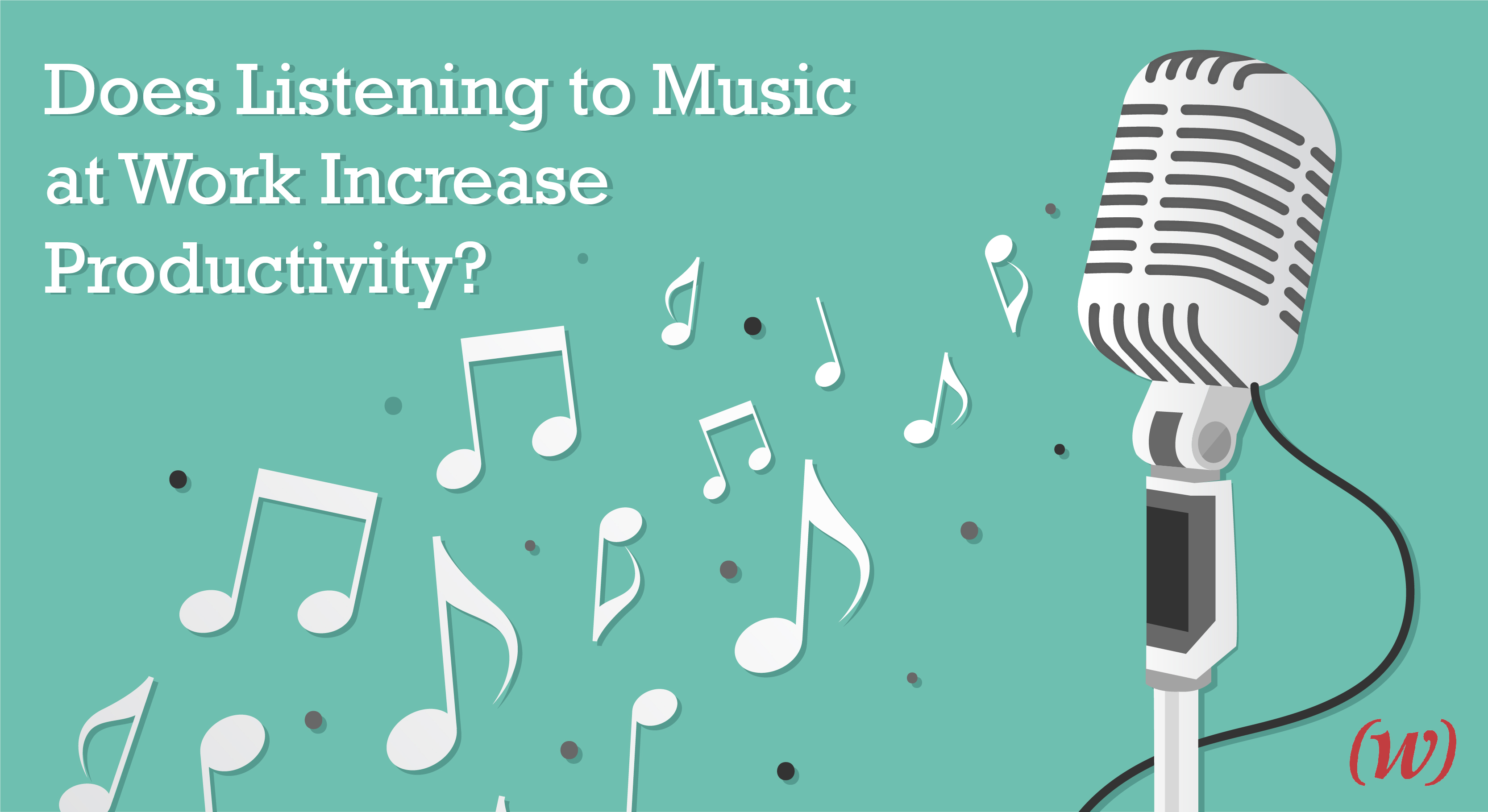
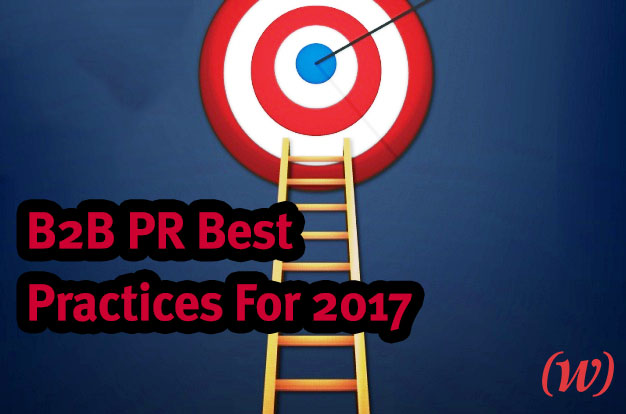



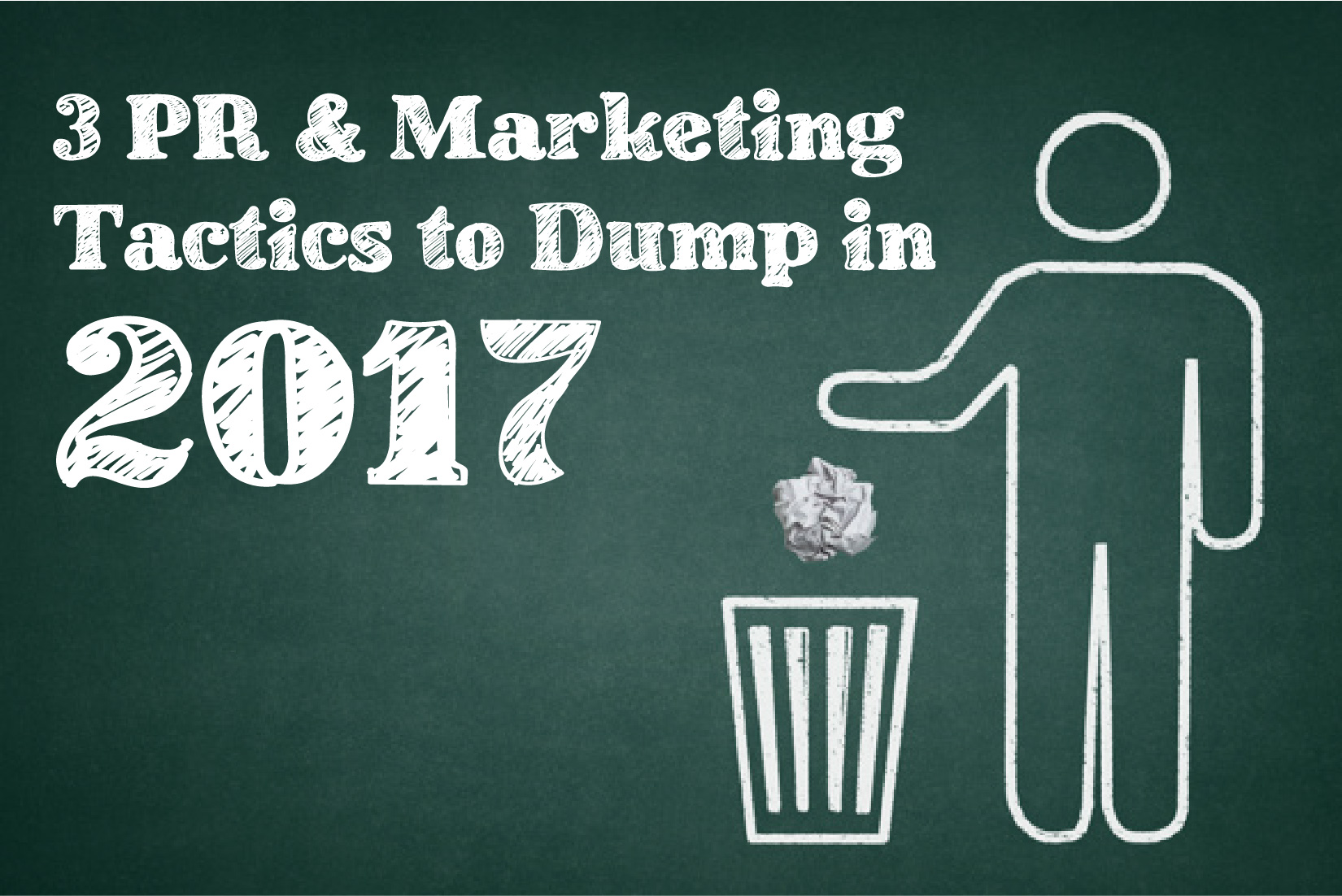

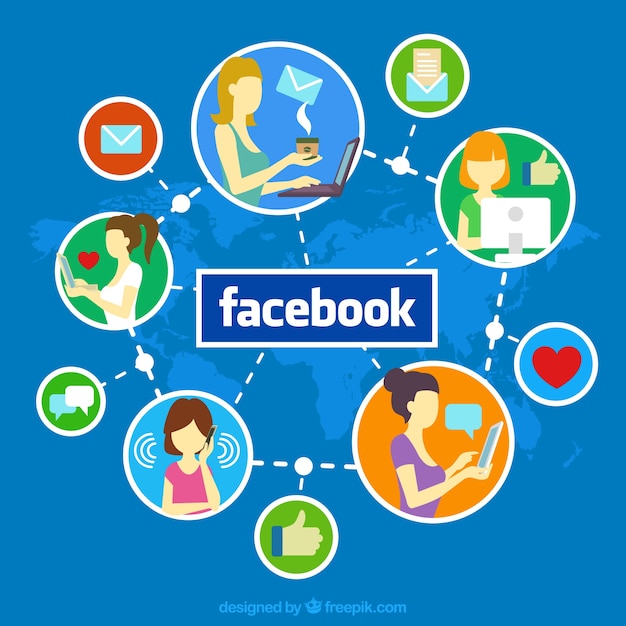


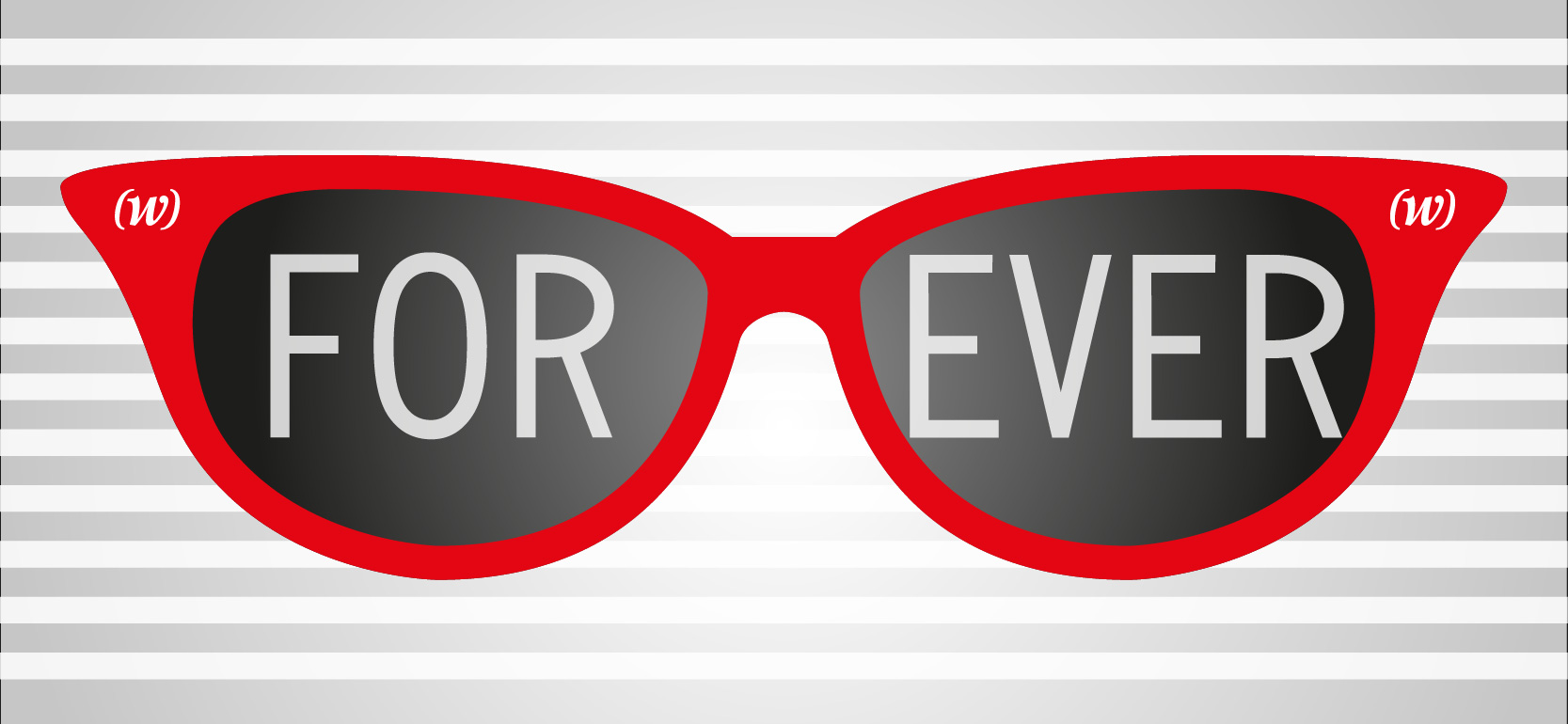












 Grant Wright
Grant Wright Corie Fiebiger
Corie Fiebiger
 Shae Geary
Shae Geary Phelan Riessen
Phelan Riessen Katrina Early
Katrina Early Hamish Marshall
Hamish Marshall